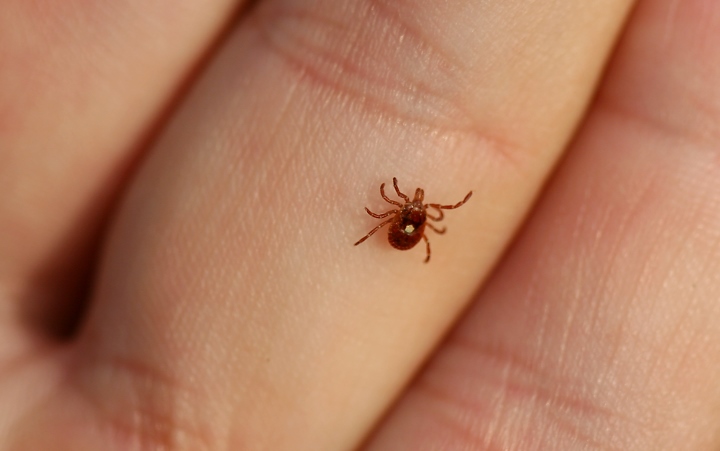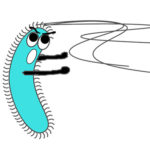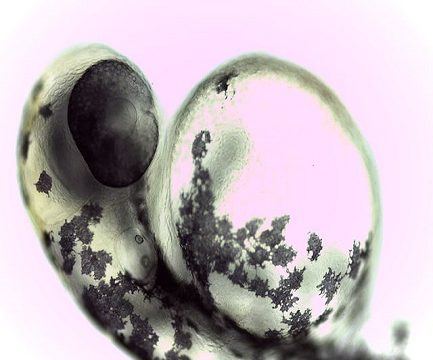In an article published in the New York Times on September 2012, it was mentioned that scientists at the Centers for Disease Control and Prevention (CDC) were on a hunt to look for the lone star ticks which were believed to be a vector of a new virus. The virus was causing high fevers, diarrhoea, nausea, muscle pain, low blood cell counts and liver abnormalities since 2009. This novel virus was eventually named Heartland virus based on the Heartland Regional Medical Center, Missouri where the first infected patient was treated. The Indiana State Department of Health only a few days ago announced that this virus has resurfaced and has affected two people in Southern Indiana.
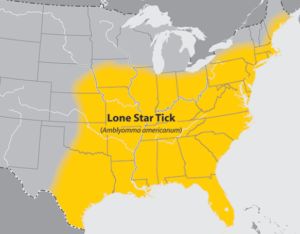
When in the vicinity of humans ticks do not hesitate to feed on their blood. They may bite painlessly and can transmit infectious agents. Ticks are known to carry causative agents for several diseases like ehrlichiosis (Ehrlichia chaffeensis), tularemia (Francisella tularensis), and southern tick-associated rash illness (Borrelia lonestari). Amblyomma americanum, also known as the Lone Star Tick, the Northeastern Water Tick, or the Turkey Tick is found exclusively in the eastern United States and Mexico. They transmit the Heartland virus while sucking human blood. “Tick bites can cause serious illness and even death, and the discovery of Heartland virus gives Hoosiers another important reason to take precautions,” State Health Commissioner Jerome Adams said in a news release.
The main symptom is the fever in excess of 100.4°F (38°C) and also increased liver transaminases in some cases. Diagnosis is currently through the elimination of possibilities of other infectious diseases with related symptoms from the list like ehrlichiosis and anaplasmosis. There is also no specific treatment, only symptomatic. Hospitalization is often required wherein intravenous fluids or other treatment to reduce pain or fever may be given. Prompt diagnosis in all of these cases helps in easing the treatment.
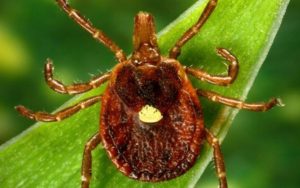
There currently seems to be no literature available with regards to the mechanism in which the virus attacks the immune system nor is there any specific pharmacological study on the subject to discover or construct specific antiviral drugs. So far only 20 cases have been reported in the United States with 10% fatality. The low number of cases recorded over a rather long period of time reduces the urgency of any such study. Nonetheless, in order to avoid its occurrence, the various health departments try to focus on the risk factors and spreading of awareness on how the infection could be prevented.
These prevention steps include avoiding direct contact with wooded or brushy areas. Employing the use of powerful insect repellents like Lemon eucalyptus or diethyltoluamide (DEET). Using insecticides like Permethrin on clothing and accessories like boots and tents. And finally, checking oneself and one’s house regularly for ticks and rushing for proper diagnosis immediately if fever follows a tick bite.
Reference:
courier-journal.com/story/life/wellness/health/2017/07/11/heartland-virus-thought-spread-ticks-spotted-southern-indiana/469560001/



